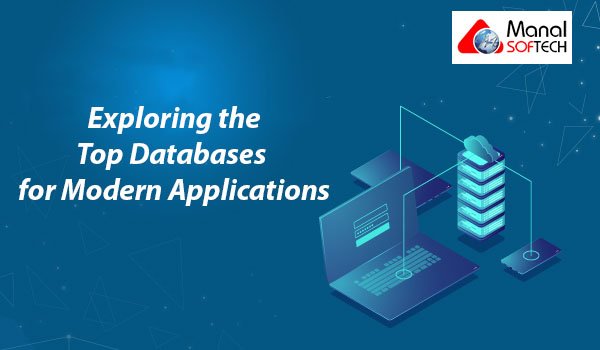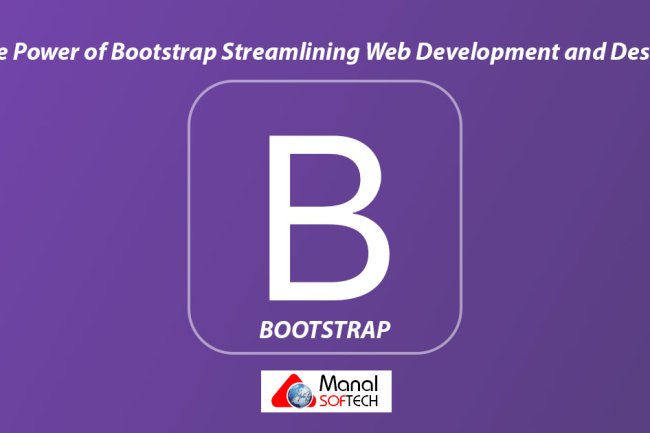Exploring the Top Databases for Modern Applications

In today's data-driven world, databases serve as the backbone of modern applications, enabling efficient storage, retrieval, and manipulation of vast amounts of information. However, with numerous database options available, selecting the right one can be a challenging task. In this blog post, we will explore some of the top databases widely used in the industry, highlighting their key features and use cases to help you make an informed decision.
Relational Databases:
Relational databases are a traditional and widely adopted choice for structured data storage. They offer a structured approach, enforcing data integrity through predefined schemas. Some popular relational databases include:
a) MySQL: Known for its reliability, scalability, and ease of use, MySQL is an open-source database widely used in web applications and small-to-medium-scale projects.
b) PostgreSQL: Highly extensible and feature-rich, PostgreSQL offers advanced data types, indexing options, and support for complex queries. It is favored for data integrity and robustness.
NoSQL Databases:
NoSQL databases have gained popularity for their flexibility, scalability, and ability to handle unstructured or semi-structured data. They are suitable for applications with rapidly evolving schemas and high scalability requirements. Some notable NoSQL databases are:
a) MongoDB: A document-oriented database, MongoDB stores data in flexible JSON-like documents, making it suitable for handling dynamic and semi-structured data. It offers high scalability and horizontal sharding capabilities.
b) Cassandra: Designed for high availability and massive scalability, Cassandra is ideal for large-scale distributed applications that demand fault tolerance and low-latency data access.
Graph Databases:
Graph databases excel at representing and navigating highly interconnected data. They are optimized for complex relationships and queries, making them suitable for applications involving social networks, recommendation engines, and knowledge graphs. One prominent graph database is:
a) Neo4j: Known for its powerful graph processing capabilities, Neo4j allows efficient traversal of relationships, making it an excellent choice for applications that heavily rely on analyzing connections between entities.
In-Memory Databases:
In-memory databases store data in system memory rather than on disk, resulting in significantly faster data access. They are ideal for applications that require low-latency operations and real-time data processing. A notable in-memory database is:
a) Redis: Redis is an open-source, high-performance, key-value store that supports advanced data structures. It is commonly used for caching, session management, real-time analytics, and pub/sub messaging.
Choosing the right database is crucial for the success of your application, considering factors such as data structure, scalability, performance requirements, and the nature of your data. Relational databases like MySQL and PostgreSQL are reliable choices for structured data, while NoSQL databases like MongoDB and Cassandra excel at handling unstructured data and scalability. Graph databases like Neo4j are best suited for relationship-intensive applications, and in-memory databases like Redis offer high-speed data access. Assessing your application's specific needs will help you determine which database aligns best with your requirements. By leveraging the strengths of these top databases, you can build robust and efficient applications that effectively handle your data management needs.
What's Your Reaction?















